Home>Construction & Tools>Building Materials>What Is The Main Problem With Stucco?
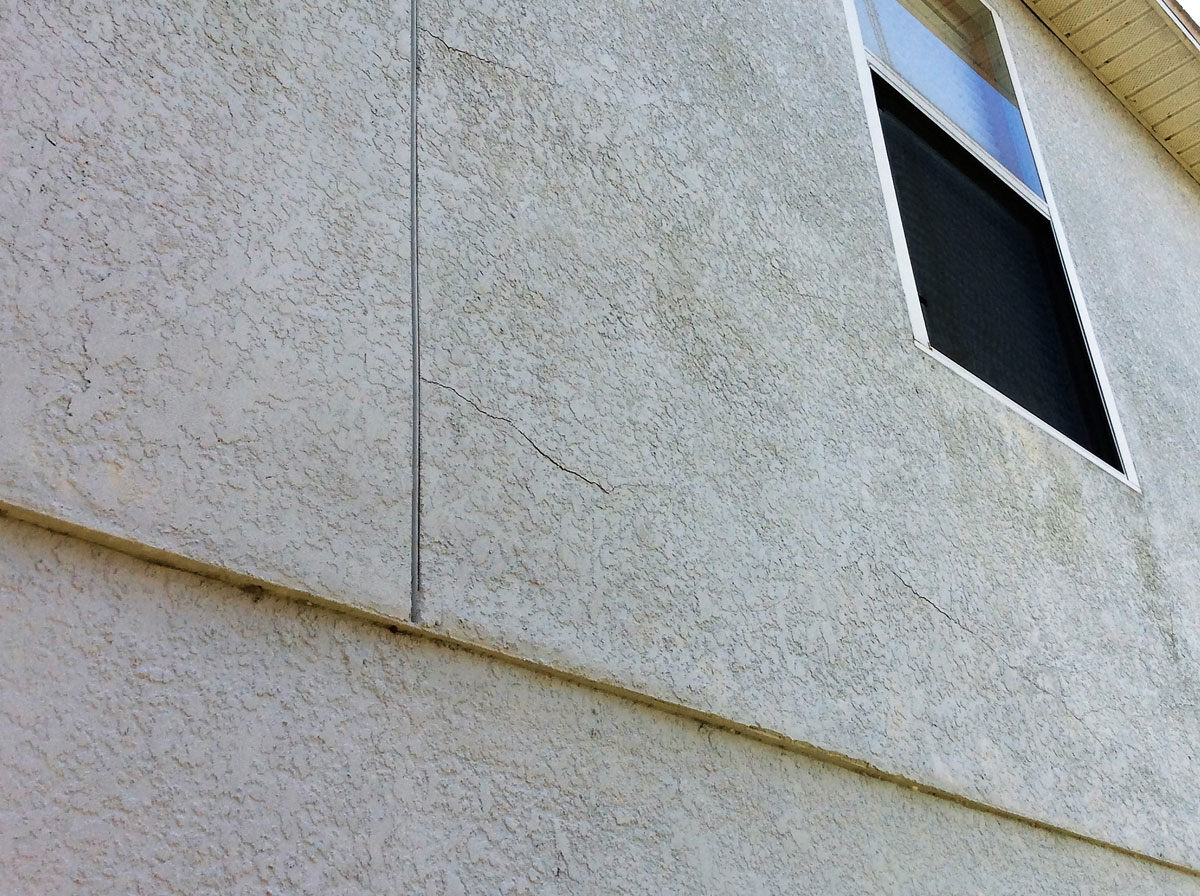

Building Materials
What Is The Main Problem With Stucco?
Modified: February 18, 2024
Discover the main problem with stucco and how it affects building materials. Learn about common issues and effective solutions. Choose the best stucco options for lasting durability.
(Many of the links in this article redirect to a specific reviewed product. Your purchase of these products through affiliate links helps to generate commission for Storables.com, at no extra cost. Learn more)
**
Introduction
**
Stucco, a popular building material known for its durability and timeless aesthetic appeal, has been utilized for centuries in construction projects. Its versatility and ability to create a seamless, textured finish have made it a sought-after choice for both residential and commercial properties. However, like any construction material, stucco is not without its challenges. In this article, we will delve into the world of stucco, exploring its composition, common issues, and, most importantly, the main problem that often plagues stucco structures. By gaining a deeper understanding of these aspects, homeowners, contractors, and building professionals can make informed decisions when it comes to stucco installation, maintenance, and repair. Let's embark on a journey to uncover the intricacies of this beloved building material and gain valuable insights into addressing its main problem.
**
Key Takeaways:
- Stucco’s timeless beauty and durability make it a popular choice for buildings, but moisture infiltration poses a significant threat. Proactive maintenance and strategic solutions are crucial for preserving stucco-clad structures.
- Understanding stucco’s composition and addressing common issues, especially moisture infiltration, is essential for maintaining its enduring appeal. Routine inspections, proper maintenance, and professional consultation are key to safeguarding stucco exteriors.
Read more: What Is Stucco?
What Is Stucco?
**
Stucco, derived from the Latin word “stuccare,” meaning to patch or mend, is a versatile building material that has been used for centuries in various architectural styles. Composed of cement, sand, lime, and water, stucco offers a durable, weather-resistant exterior finish for structures. Its application involves layering the stucco mixture over a lath, creating a textured surface that can be customized to achieve different aesthetic effects.
Stucco is renowned for its ability to provide a seamless, monolithic appearance, making it an ideal choice for adorning both traditional and modern buildings. Its adaptability allows for the creation of intricate designs and decorative elements, adding character and charm to architectural facades. Furthermore, stucco can be tinted to a wide range of colors, offering flexibility in achieving desired visual effects and complementing overall design schemes.
One of the key attributes of stucco is its resilience, as it can withstand diverse weather conditions, including extreme heat and cold. This durability contributes to its longevity, making it a popular choice for exterior cladding in regions with varying climates. Moreover, stucco’s fire-resistant properties enhance the safety of structures, providing an additional layer of protection against potential hazards.
While stucco is primarily utilized for exterior applications, it can also be used for interior wall finishes, contributing to a cohesive design aesthetic throughout a building. Its ability to create a textured, visually appealing surface adds depth and visual interest to interior spaces, making it a versatile option for enhancing architectural elements.
In summary, stucco is a time-honored building material that offers a blend of durability, aesthetic versatility, and weather resistance. Its composition and application make it a favored choice for architects, builders, and homeowners seeking to achieve enduring beauty and structural integrity in their construction projects.
**
Common Issues with Stucco
**
While stucco is revered for its many benefits, it is not immune to a range of common issues that can arise over time. Understanding these potential challenges is essential for effectively maintaining and preserving stucco-clad structures. Some of the prevalent issues associated with stucco include:
-
Cracking: Due to factors such as settling, temperature fluctuations, or inadequate installation, stucco can develop cracks over time. These cracks not only detract from the visual appeal of the surface but also compromise its integrity, potentially leading to water infiltration and structural damage.
-
Moisture Intrusion: Improperly sealed joints, cracks, or damaged stucco can allow moisture to penetrate the underlying structure, leading to mold growth, rot, and deterioration of building materials. Moisture intrusion is a significant concern that can compromise the structural stability and indoor air quality of a building.
-
Efflorescence: This phenomenon occurs when soluble salts migrate to the surface of the stucco, leaving behind a white, powdery residue. While efflorescence does not pose a structural threat, it can mar the appearance of the stucco, necessitating remediation to restore its visual appeal.
-
Staining: Stucco surfaces are susceptible to staining from various sources, including organic matter, pollutants, and mineral deposits. These stains can detract from the overall aesthetic of the structure, requiring targeted cleaning and maintenance to mitigate their impact.
-
Color Fading: Prolonged exposure to sunlight and environmental elements can cause the pigments in stucco to fade over time, diminishing the vibrancy of the surface. This can result in an uneven appearance and necessitate repainting or re-coloring to rejuvenate the stucco’s visual allure.
Addressing these common issues with stucco requires proactive maintenance, timely repairs, and, in some cases, professional intervention to ensure the long-term integrity and aesthetic appeal of stucco-clad structures. By recognizing these challenges, property owners and building professionals can implement effective strategies to mitigate potential issues and preserve the beauty and functionality of stucco exteriors.
**
The main problem with stucco is that it can crack and allow water to seep in, leading to moisture damage and mold growth. Regular inspections and maintenance can help prevent these issues.
The Main Problem with Stucco
**
While stucco presents a range of common issues, one overarching and pervasive problem stands out: moisture infiltration. The susceptibility of stucco to moisture intrusion poses a significant threat to the structural integrity and longevity of buildings. Understanding the root causes and consequences of this issue is paramount in addressing and preventing its detrimental effects.
Moisture infiltration in stucco-clad structures can stem from various sources, including:
-
Improper Installation: Inadequate application of stucco, including insufficient sealing of joints and improper flashing installation, can create vulnerabilities that allow moisture to penetrate the building envelope.
-
Cracks and Voids: Over time, stucco can develop cracks, gaps, or voids due to factors such as settling, temperature fluctuations, or structural movement. These openings provide pathways for water intrusion, leading to potential damage within the underlying structure.
-
Lack of Maintenance: Failure to address minor issues, such as hairline cracks or deteriorating sealants, can exacerbate moisture infiltration over time, resulting in more extensive and costly damage.
The consequences of moisture infiltration in stucco can be far-reaching and detrimental. When water permeates the stucco facade and reaches the underlying substrate, it can lead to rot, decay, and mold growth within the building’s framework. Additionally, prolonged exposure to moisture can compromise the structural stability of the building, potentially necessitating extensive repairs and remediation.
Furthermore, moisture infiltration in stucco can impact indoor air quality, creating an environment conducive to mold proliferation, which poses health risks to occupants and compromises the habitability of the structure.
Addressing the main problem of moisture infiltration in stucco requires a multifaceted approach, encompassing proactive maintenance, timely repairs, and adherence to best practices during installation and renovation. Implementing proper flashing, sealant application, and moisture management strategies can significantly mitigate the risk of moisture-related issues in stucco-clad buildings.
By recognizing and addressing the main problem of moisture infiltration, property owners, contractors, and building professionals can safeguard the structural integrity, aesthetic appeal, and long-term durability of stucco exteriors, ensuring that these architectural elements continue to enhance the built environment for years to come.
**
Solutions to Stucco Problems
**
Addressing the common issues and the main problem of moisture infiltration in stucco necessitates proactive measures and strategic solutions to preserve the integrity and visual appeal of stucco-clad structures. By implementing targeted strategies, property owners and building professionals can effectively mitigate stucco-related challenges and ensure the long-term durability of these architectural elements.
Some key solutions to stucco problems include:
-
Routine Inspections: Conducting regular inspections of the stucco exterior can help identify early signs of cracking, damage, or moisture infiltration. By promptly addressing minor issues, property owners can prevent larger, more costly problems from developing.
-
Proper Maintenance: Performing routine maintenance, such as resealing joints, repairing cracks, and addressing surface stains, can prolong the lifespan of stucco and prevent the escalation of potential issues.
-
Appropriate Drainage Systems: Ensuring that proper drainage systems are in place, including gutters, downspouts, and landscaping features, can effectively manage moisture runoff and minimize the risk of water infiltration into the stucco facade.
-
Corrective Repairs: Engaging qualified contractors to conduct corrective repairs, such as stucco patching, crack sealing, and substrate remediation, can address existing issues and prevent further deterioration of the stucco surface.
-
Improved Installation Practices: When installing new stucco or renovating existing surfaces, adhering to best practices, including thorough substrate preparation, proper flashing installation, and meticulous sealing, can mitigate the risk of future moisture-related problems.
-
Professional Consultation: Seeking guidance from stucco specialists or building professionals can provide valuable insights into effective maintenance strategies, material selection, and remediation techniques tailored to specific stucco challenges.
By embracing these solutions and integrating them into stucco maintenance and renovation efforts, property owners can uphold the structural integrity, aesthetic appeal, and weather resistance of stucco-clad buildings. Additionally, proactive measures can contribute to the longevity of stucco surfaces, ensuring that they continue to enhance architectural landscapes with their enduring beauty and functionality.
**
Read more: What Is The Main Ingredient In Glass?
Conclusion
**
Stucco, with its rich history and enduring appeal, continues to adorn buildings with its timeless beauty and functional benefits. However, the common issues and main problem of moisture infiltration underscore the importance of proactive maintenance and strategic solutions to preserve the integrity of stucco-clad structures.
By understanding the composition of stucco, its common challenges, and the pervasive issue of moisture infiltration, property owners and building professionals can embark on a journey toward effective stucco maintenance and preservation. Routine inspections, proper maintenance, appropriate drainage systems, corrective repairs, improved installation practices, and professional consultation collectively form a comprehensive approach to mitigating stucco-related issues and ensuring the long-term durability of stucco exteriors.
It is crucial to recognize that addressing stucco problems requires a combination of vigilance, expertise, and a commitment to upholding the inherent qualities of this beloved building material. Through these concerted efforts, stucco-clad buildings can continue to stand as enduring testaments to architectural craftsmanship, providing both visual delight and structural resilience for generations to come.
As we navigate the realm of stucco, let us embrace the opportunity to preserve and celebrate the timeless allure of this remarkable building material, ensuring that its legacy endures as a cornerstone of architectural excellence.
Frequently Asked Questions about What Is The Main Problem With Stucco?
Was this page helpful?
At Storables.com, we guarantee accurate and reliable information. Our content, validated by Expert Board Contributors, is crafted following stringent Editorial Policies. We're committed to providing you with well-researched, expert-backed insights for all your informational needs.
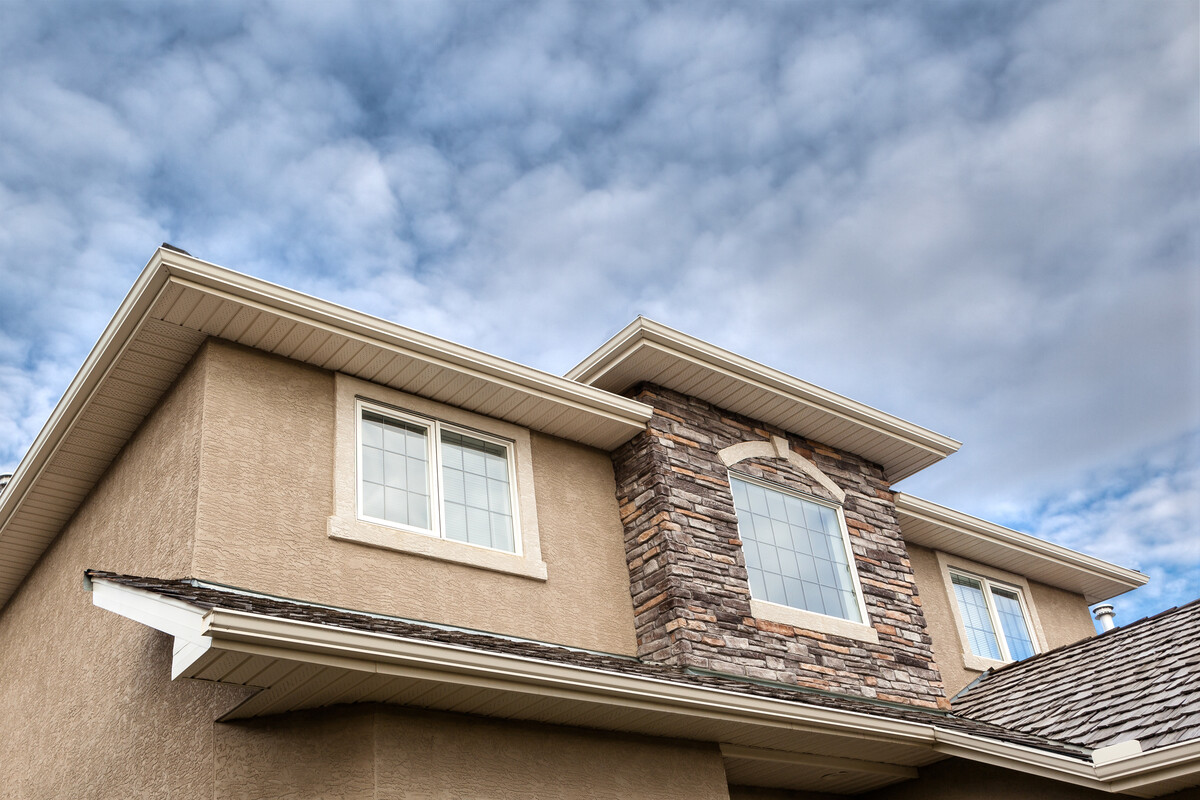
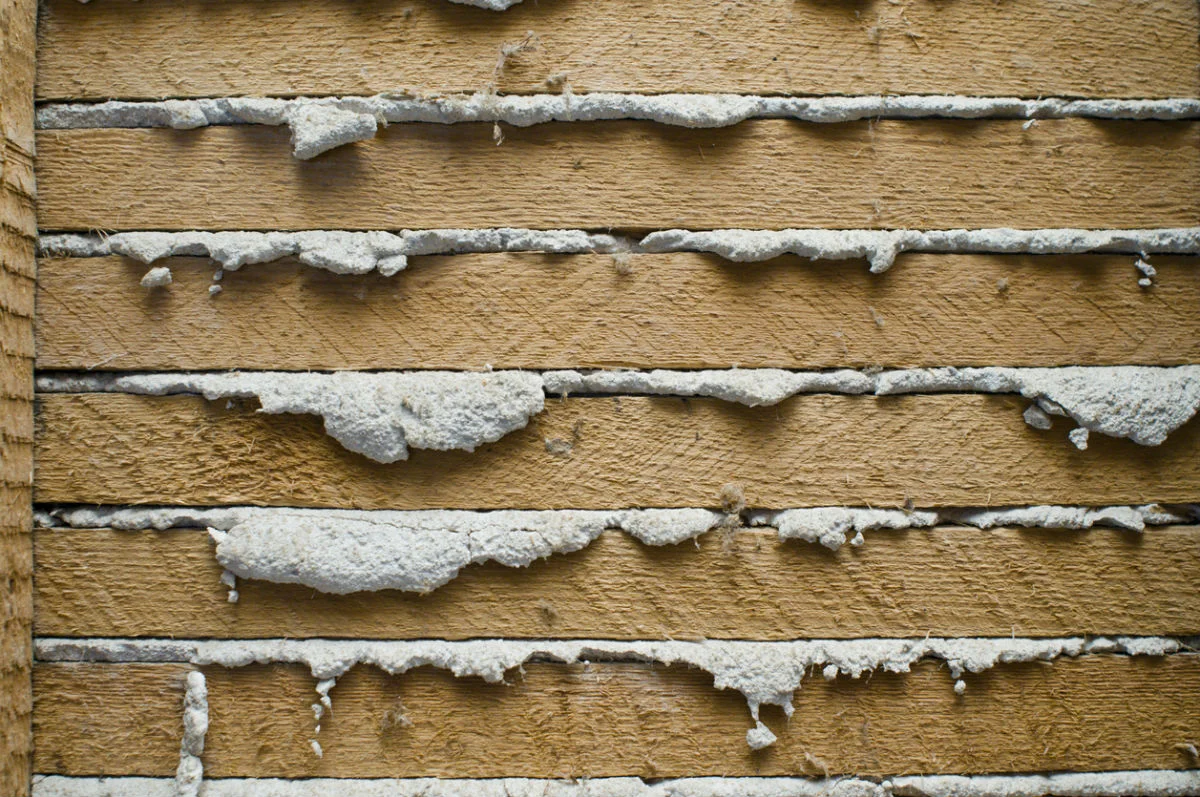
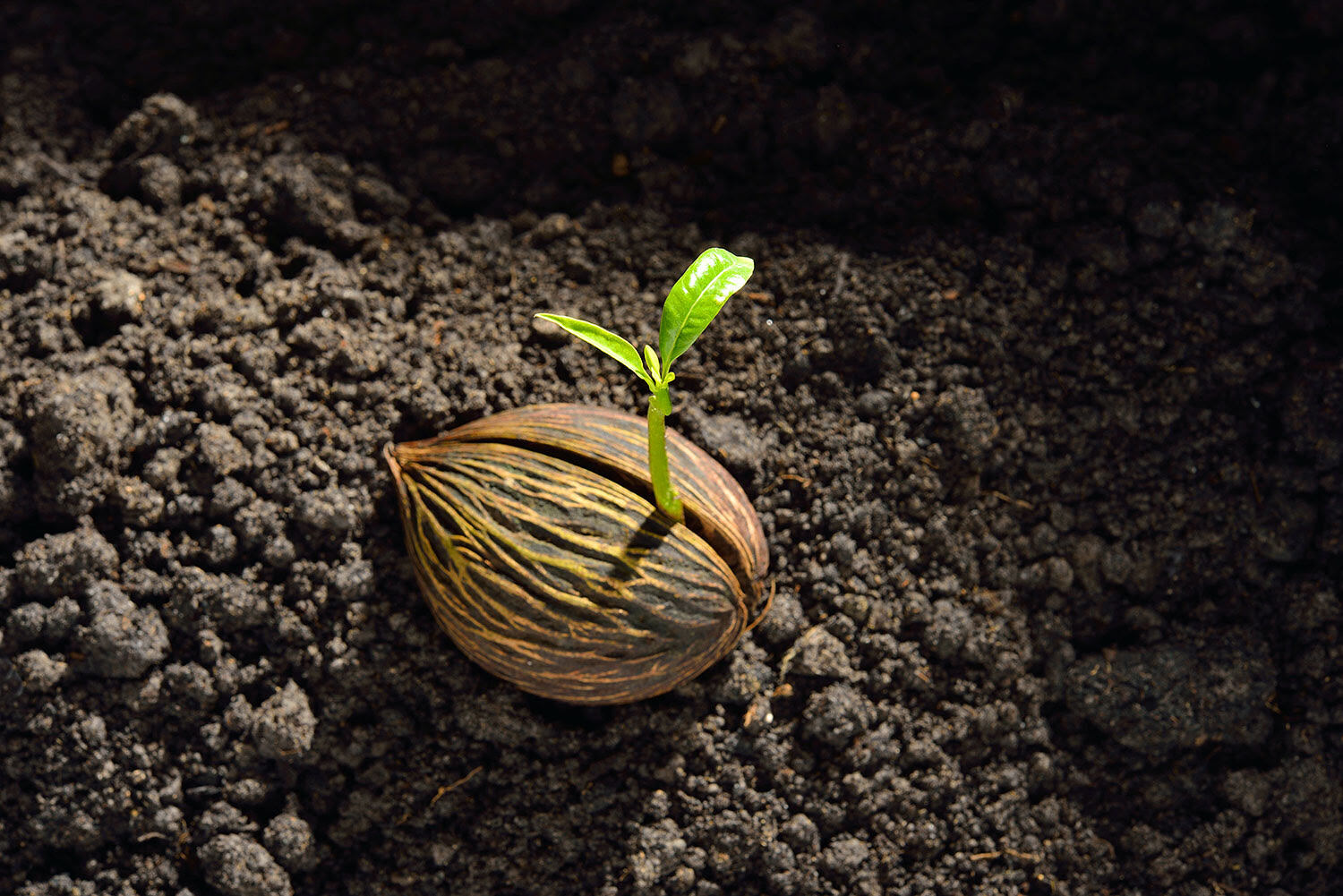
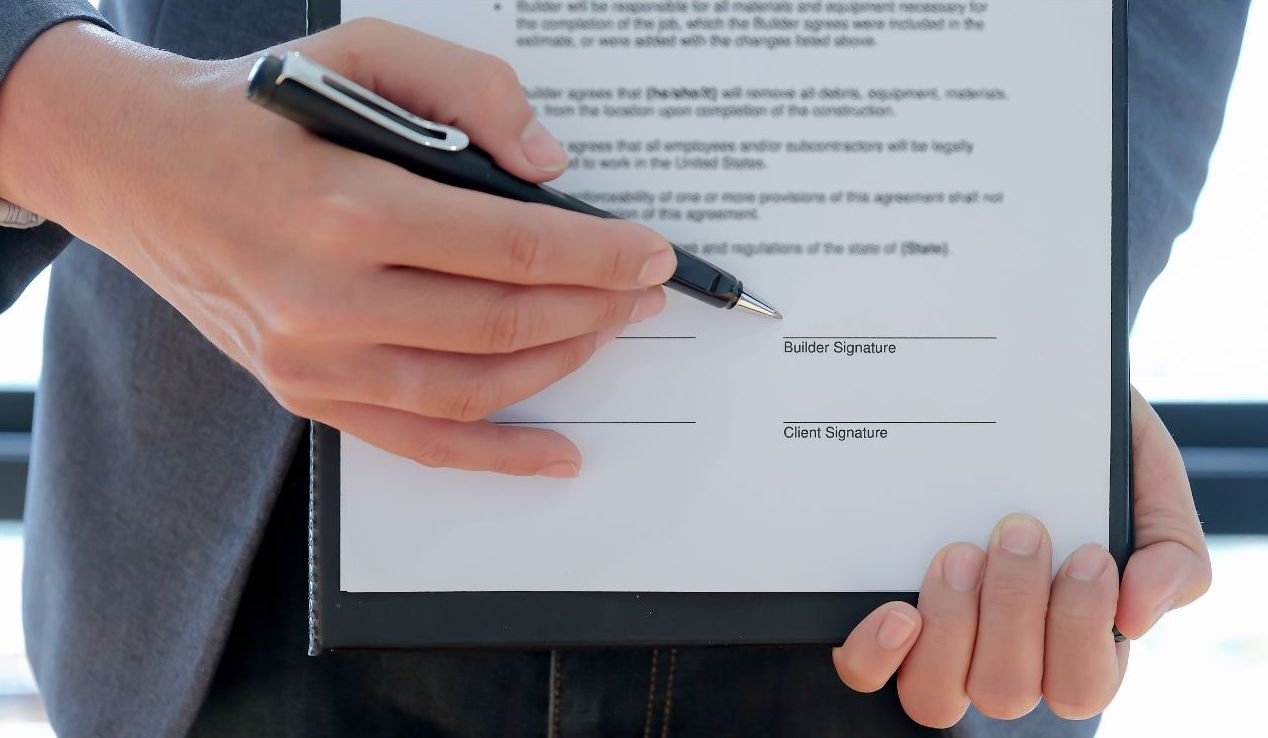
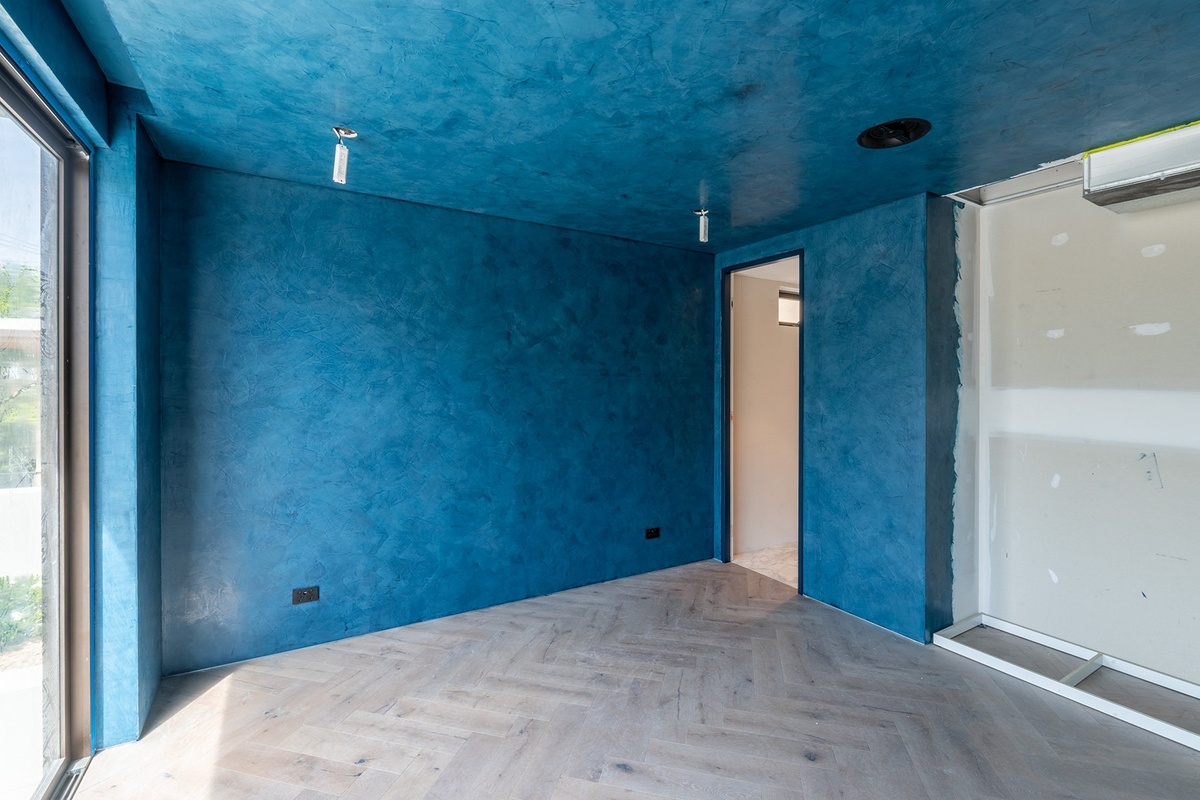
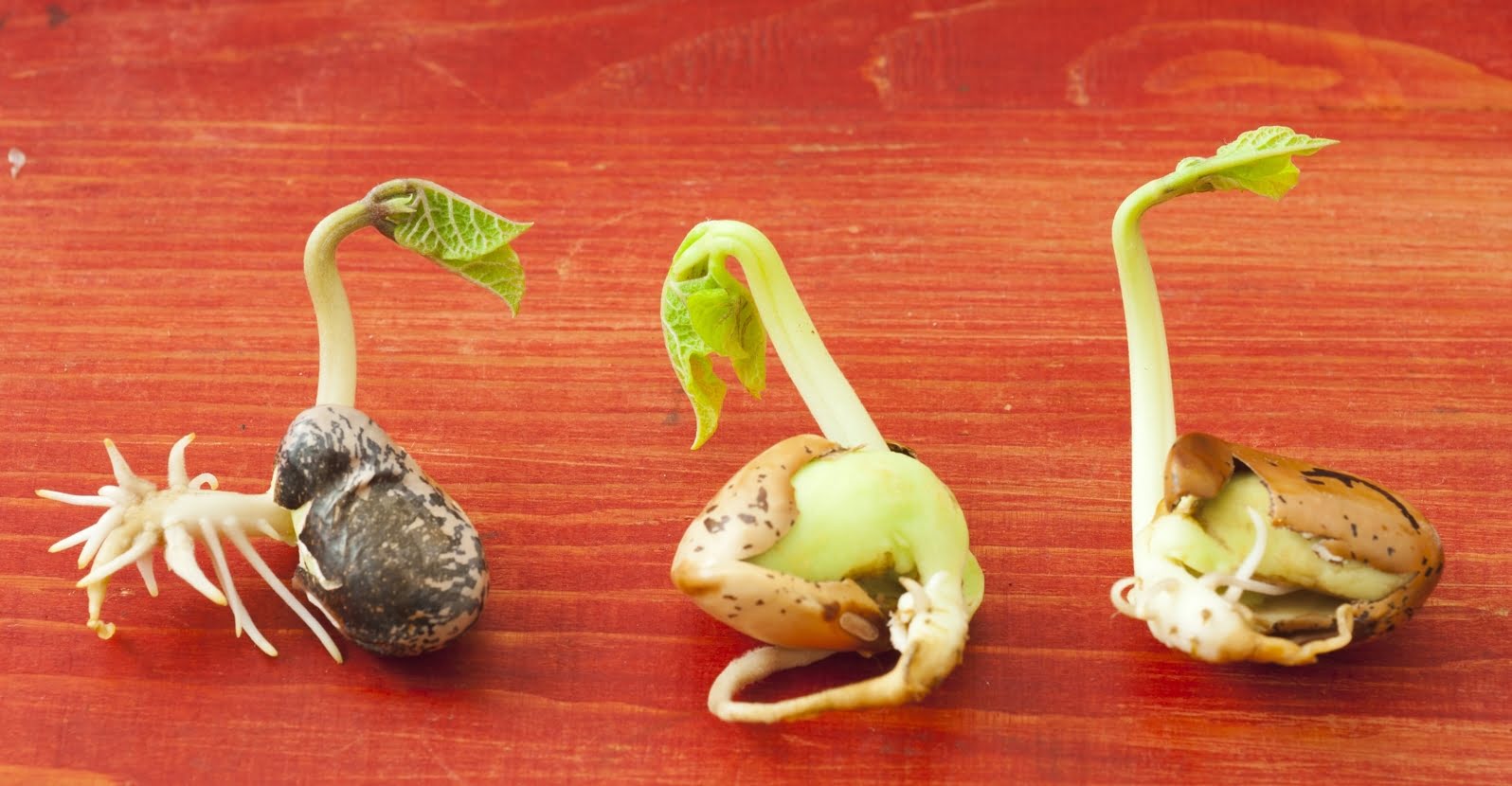
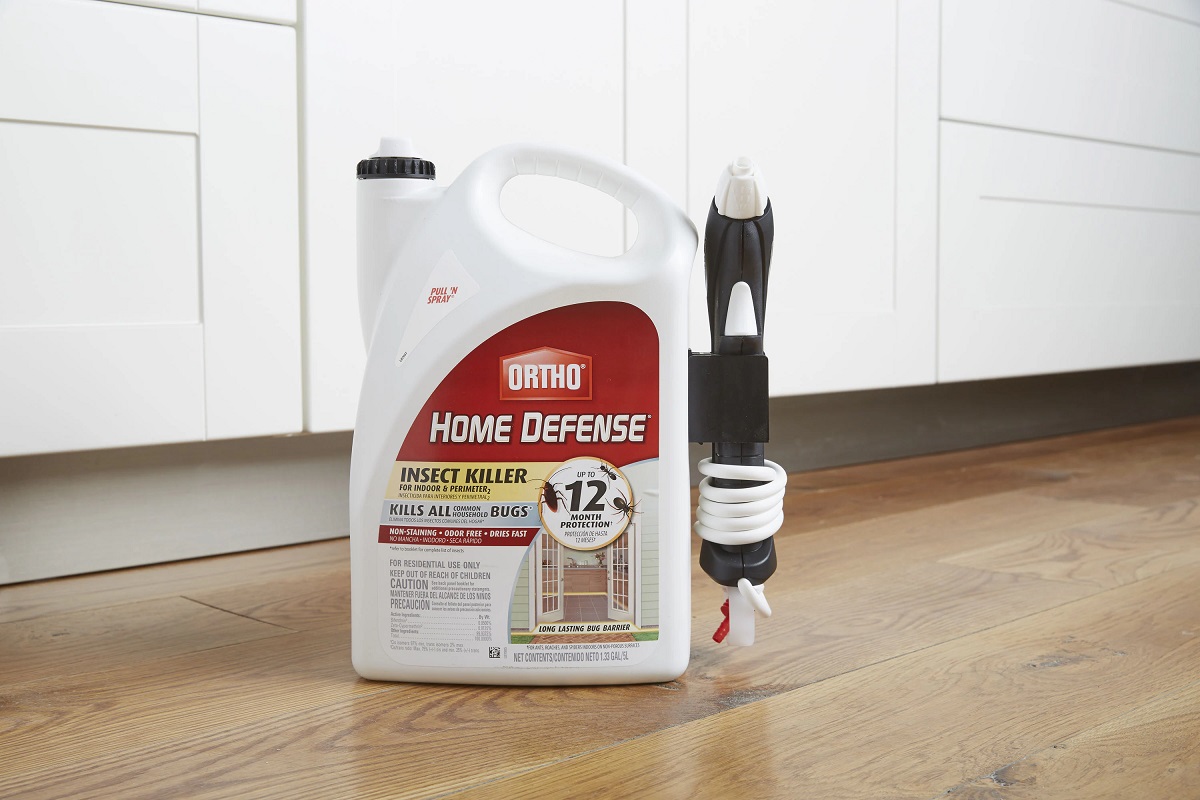
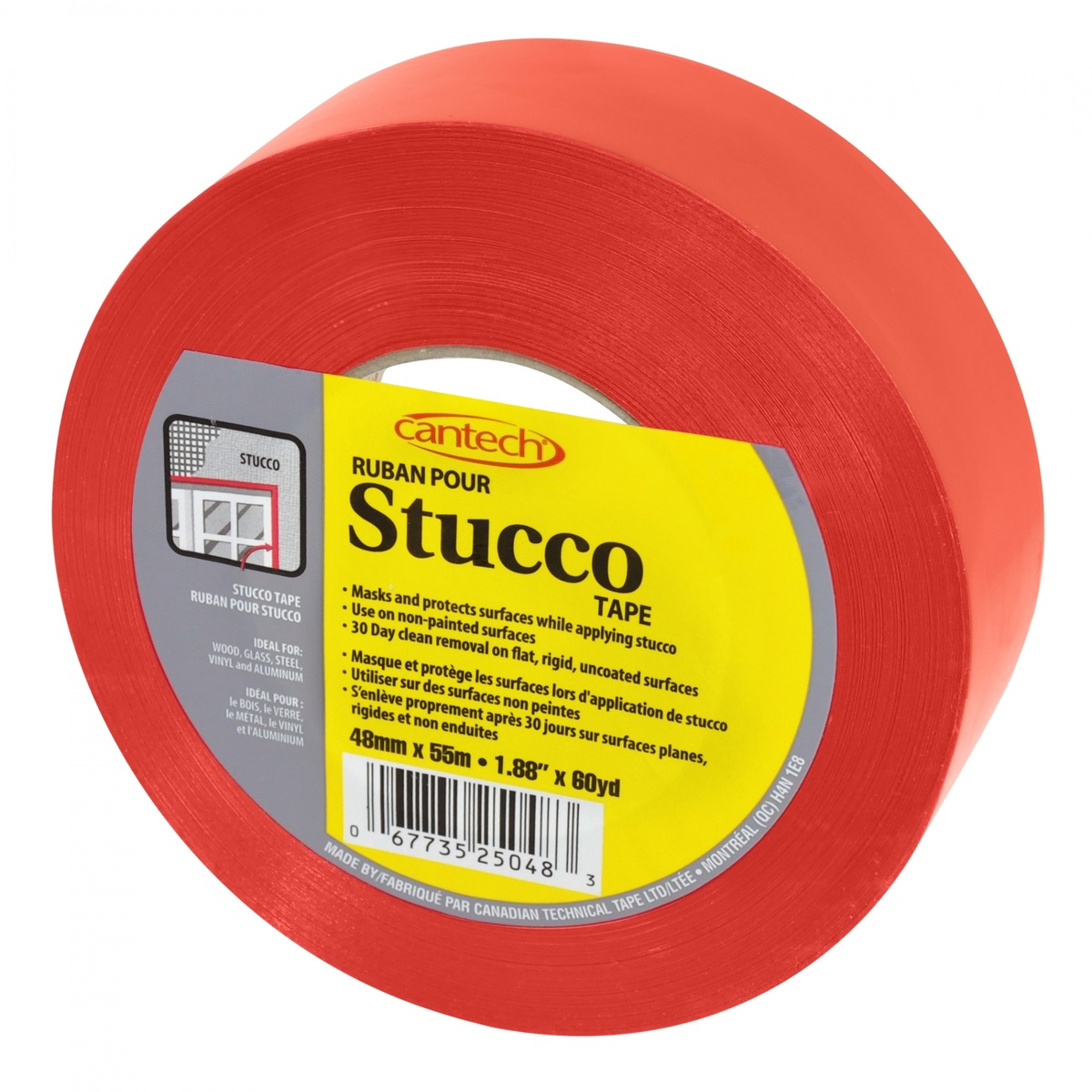
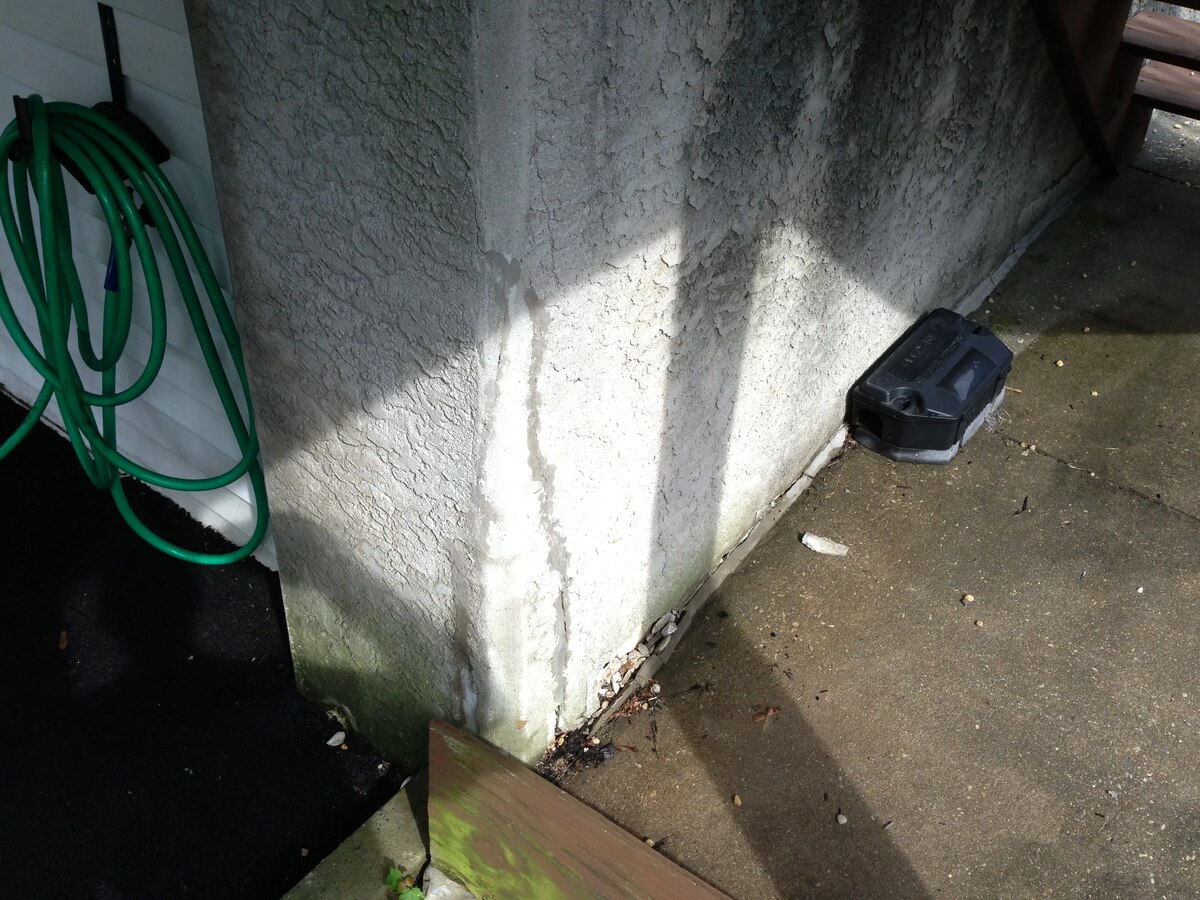
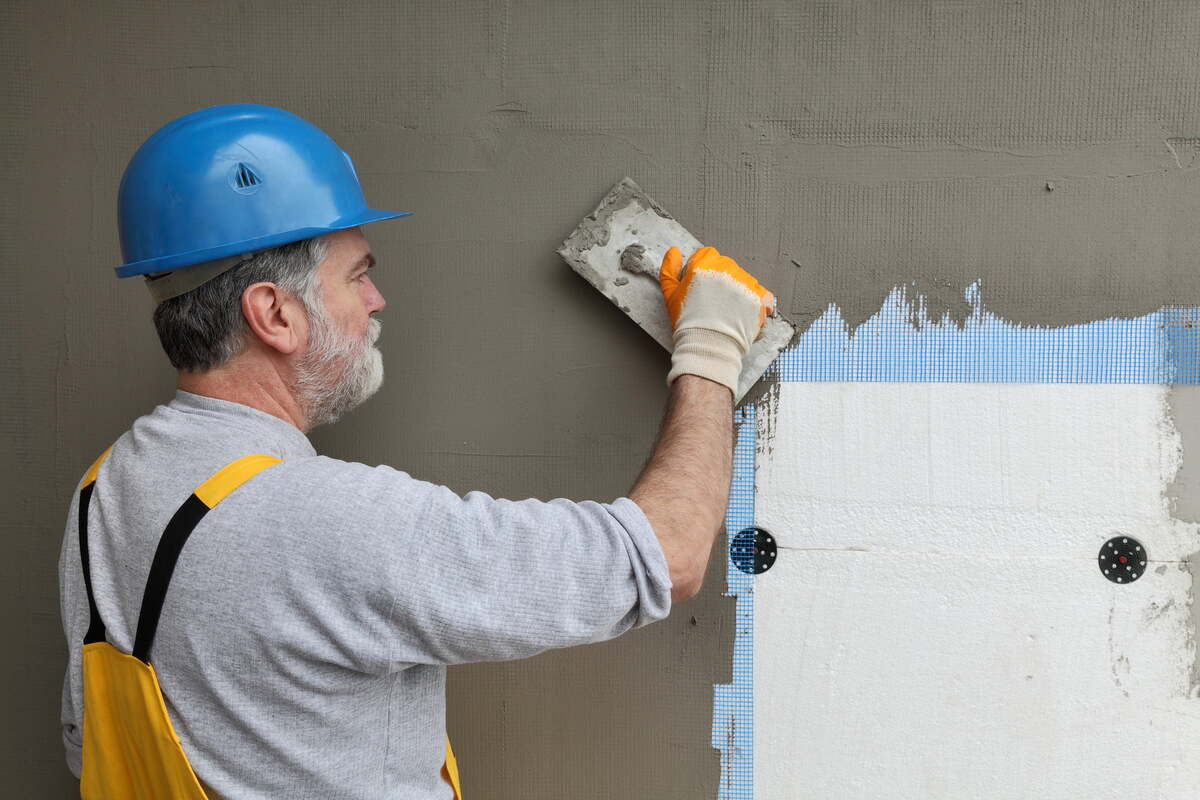
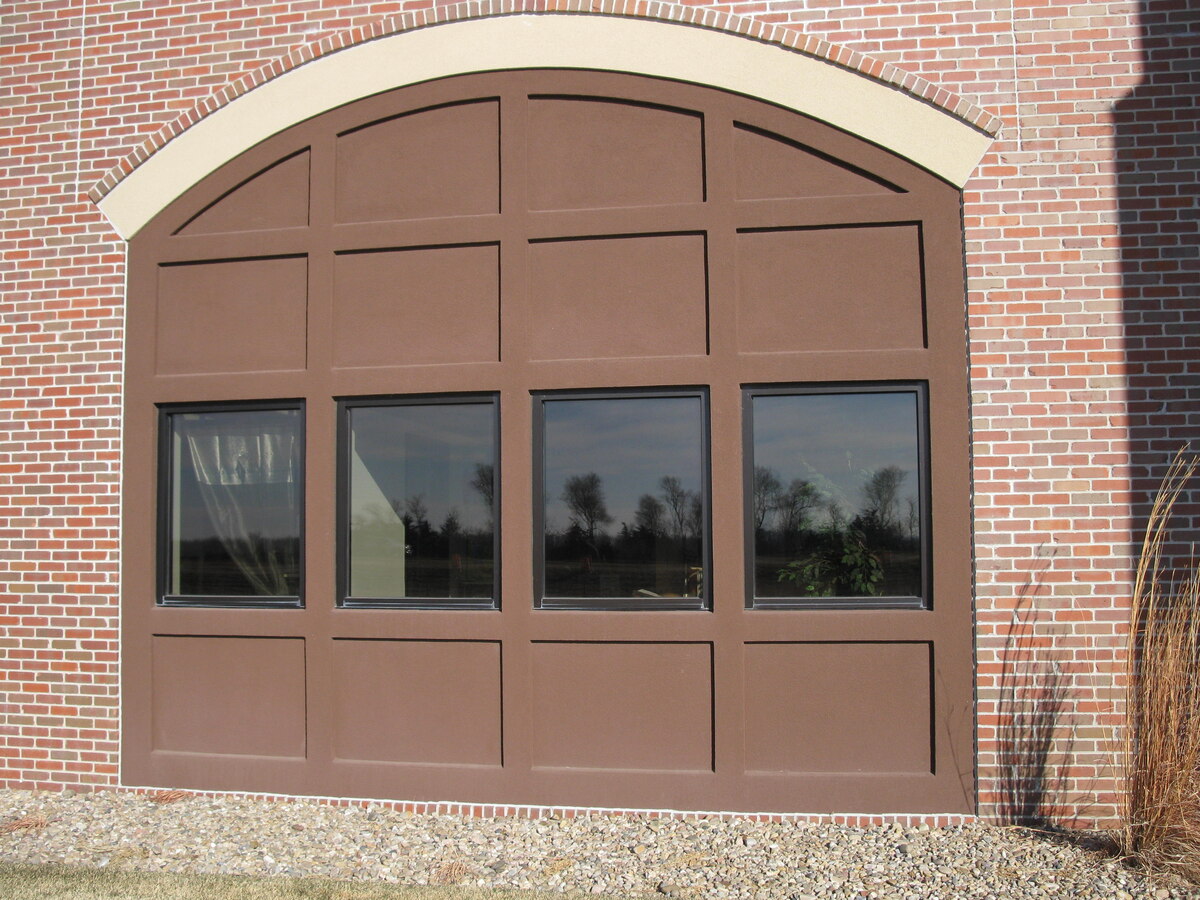
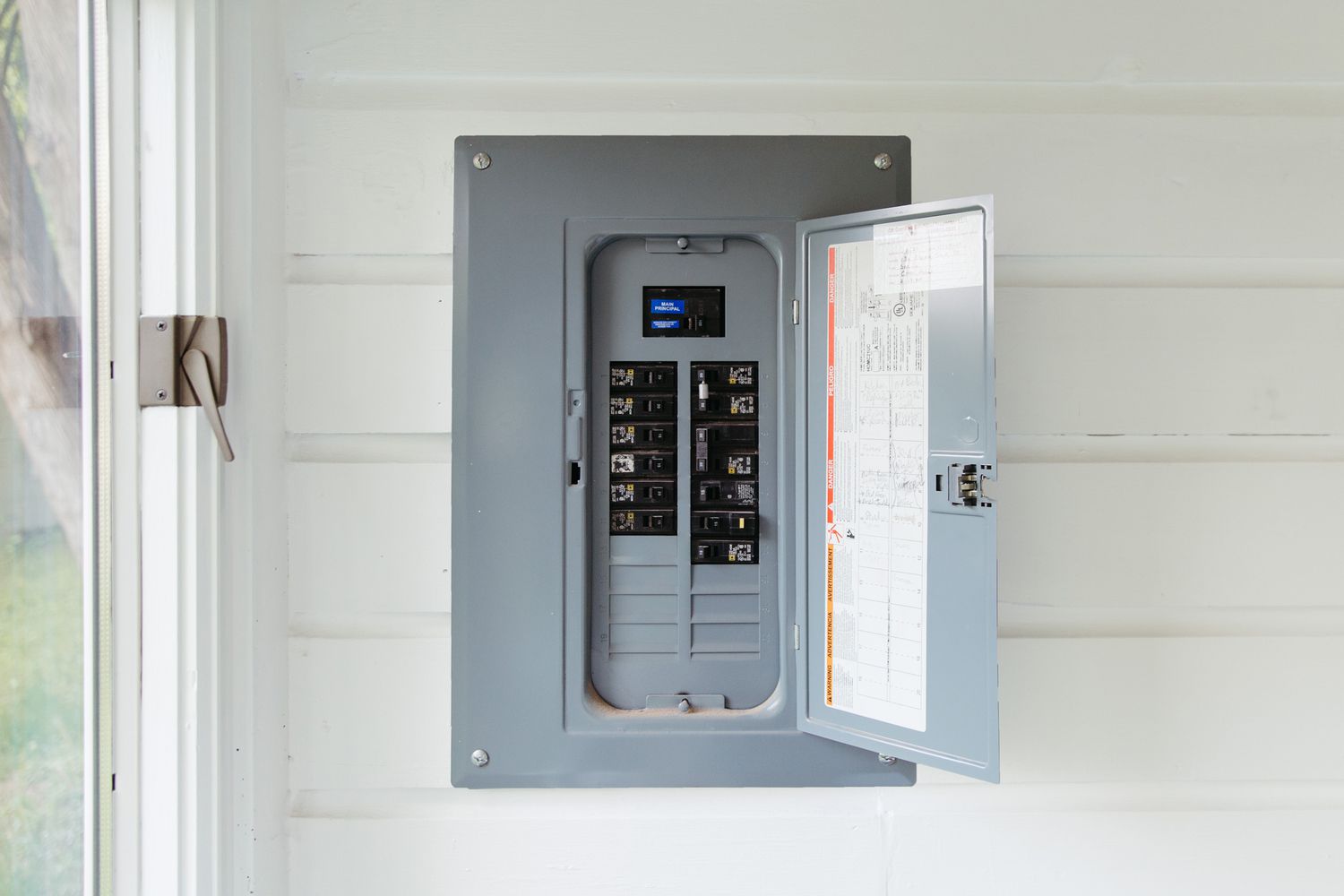
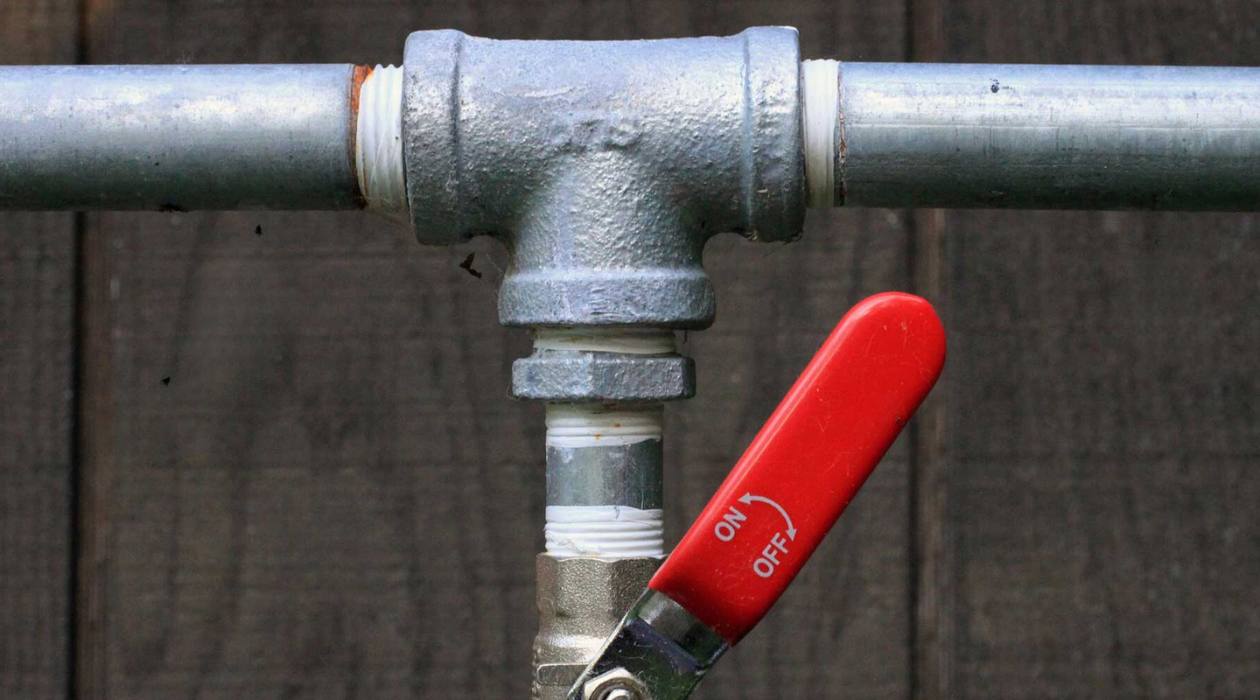
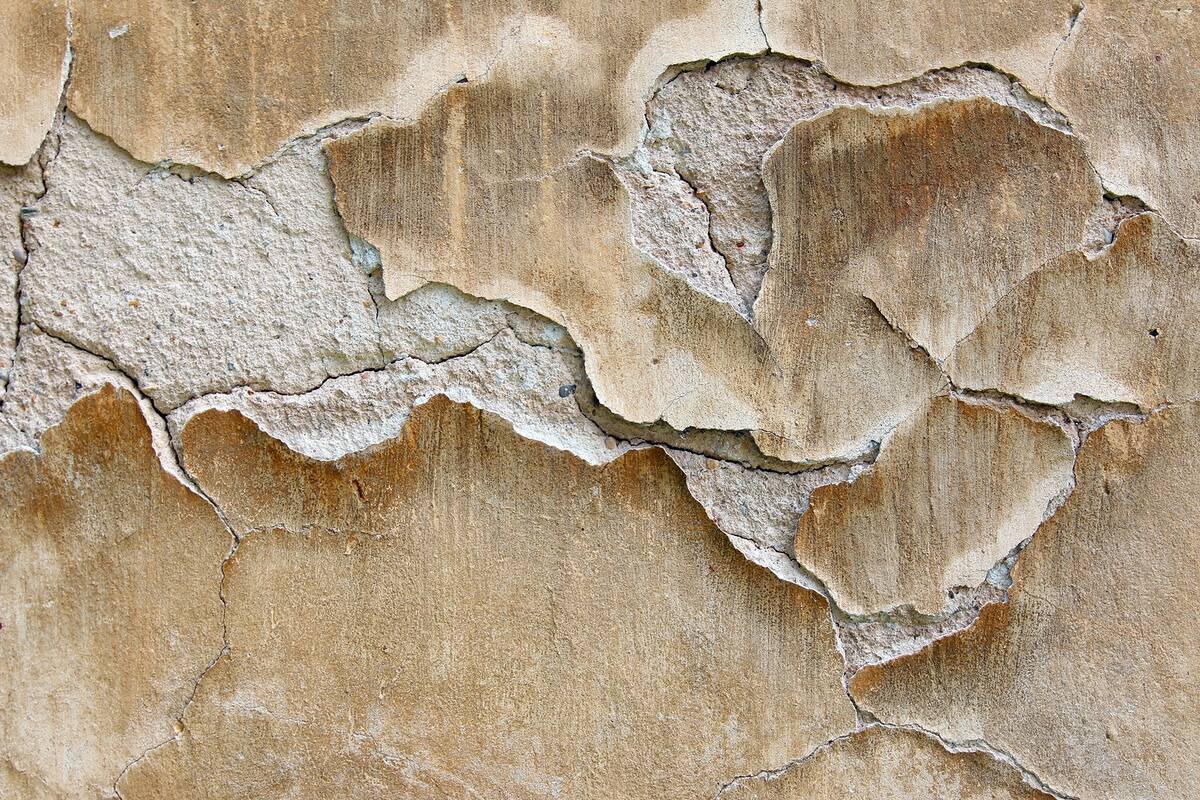

0 thoughts on “What Is The Main Problem With Stucco?”